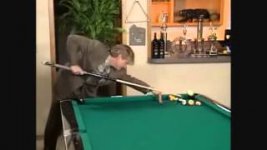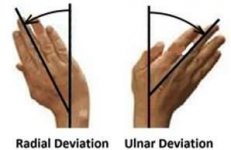You really advise that? That may be one way, but I don't personally know anyone that does it like that. How do you get the most feel for the cue ball? You do feel the cue ball in your hand don't you? At least when you contact the cue ball you must tighten to get the "feel".
I think Scott Lee has it right (at least for me). Regardless of grip pressure you will never be able to feel the ball--you can only feel the cue stick's reaction to striking the ball and this reaction can be felt even with no grip pressure as long as the cue butt rests in a cupped hand. Great power and control are possible with fingers and wrist doing very little or nothing. Again, Efren's stroke has always been my model.


